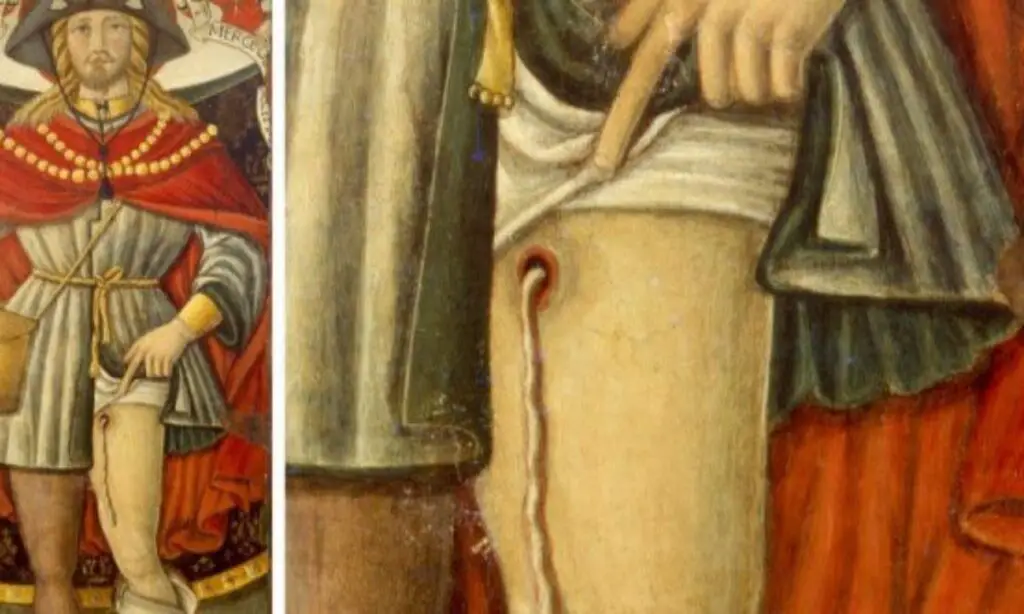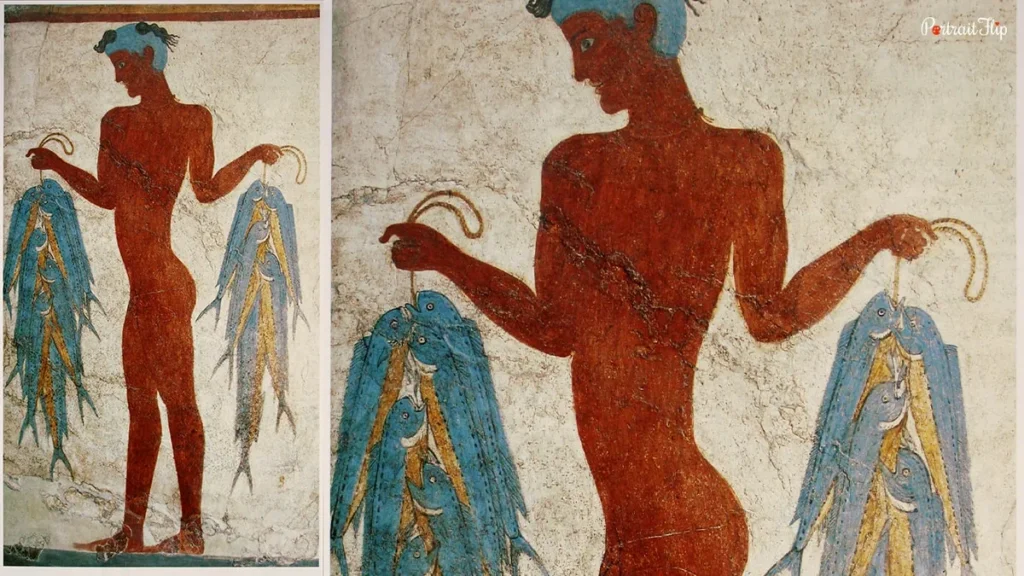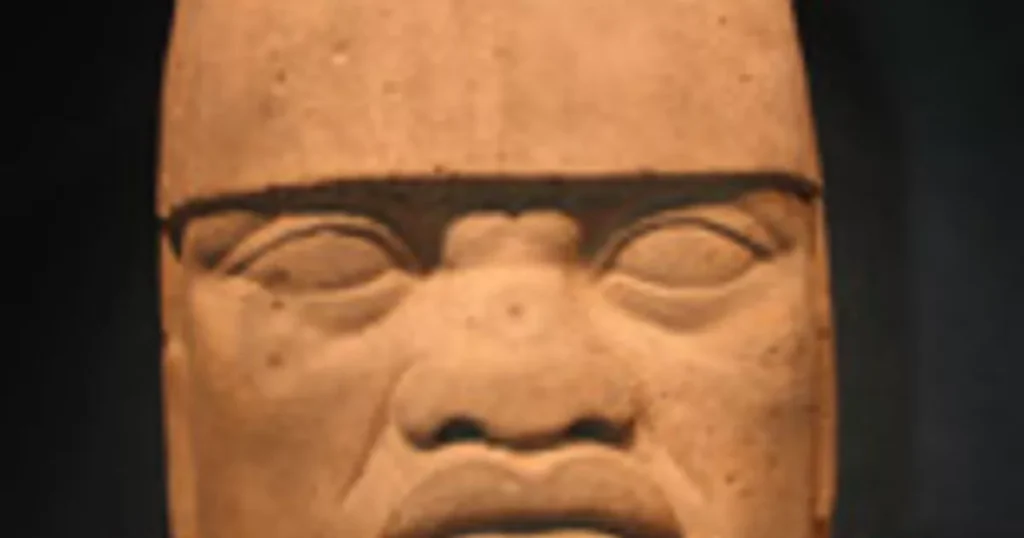Ancient Art: A Journey Through the Creative Expression of Early Civilizations
Art has been an essential part of human history since the dawn of civilization. Through artistic expression, ancient cultures documented their beliefs, rituals, and everyday life. Ancient art isn’t just aesthetically captivating—it’s a window into the lives, emotions, and spiritual worlds of people who lived thousands of years ago. This blog explores the profound, diverse, and fascinating world of ancient art, tracing its origins, significance, and influence on modern creativity.
What Is Ancient Art?

Ancient art refers to the creative output produced by early civilizations, spanning thousands of years from prehistoric times until roughly the fall of the Roman Empire in 476 AD. These early forms of art vary widely in style, medium, and purpose, but all share a common goal: to communicate and preserve aspects of the human experience.
Whether carved into the walls of caves, sculpted into monumental stone statues, or painted on pottery, ancient art carries deep meanings related to spirituality, power, community, and the mysteries of life and death. Ancient art encompasses multiple forms, including painting, sculpture, pottery, architecture, jewelry, and even early forms of writing like hieroglyphs.
Prehistoric Art: The Dawn of Human Creativity
Prehistoric art, created before the advent of written language, is often the earliest evidence of human creativity. The most well-known examples are cave paintings, rock carvings, and megalithic structures, which give us a glimpse into the life and mindset of early humans.
- Cave Paintings: The Paleolithic era, also known as the Old Stone Age, gave rise to some of the oldest known art forms. The cave paintings of Lascaux in France and Altamira in Spain, both estimated to be over 17,000 years old, depict vivid images of animals such as bison, deer, and horses. These early works of art were likely ritualistic, reflecting humanity’s connection to nature and survival.
- Venus Figurines: Small sculptures of the female form, such as the Venus of Willendorf, which dates back around 25,000 years, suggest early representations of fertility and beauty. These figurines are seen as symbols of life, fertility, and womanhood, offering a glimpse into early spiritual beliefs.
- Megalithic Structures: The prehistoric period also gave birth to awe-inspiring structures such as Stonehenge in England, built around 2500 BC. These large stone circles have mystified scholars for centuries, with many theories suggesting their connection to astronomical events or religious ceremonies.
Ancient Egyptian Art: Symbols of Eternity

Ancient Egypt, one of the world’s oldest and most advanced civilizations, produced art that was rich in symbolism and devoted to the divine and the afterlife. Egyptian art reflects a deep connection with the gods, an obsession with death and the afterlife, and the power of the pharaohs. Artists of this time followed strict rules to ensure their works aligned with religious beliefs and cultural norms.
- Pyramids and Monuments: The Great Pyramids of Giza and the Sphinx are perhaps the most recognizable symbols of ancient Egyptian art. Built as tombs for the pharaohs, these colossal structures were designed to help the rulers in their journey to the afterlife. The precision and scale of these monuments still amaze engineers and archaeologists today.
- Sculpture and Portraiture: Egyptian statues, often made of stone, portrayed gods, pharaohs, and queens in an idealized form. Figures like the Great Statue of Ramses II at Abu Simbel present the ruler as a god-like figure, highlighting his power and divine status. The famous bust of Queen Nefertiti, created around 1345 BC, is a stunning example of the Egyptian style of portraiture, capturing the elegance and beauty of royal life.
- Tomb Paintings and Hieroglyphs: Egyptian tombs are adorned with elaborate wall paintings and hieroglyphic texts that tell stories of the deceased’s life, their relationship with the gods, and their journey into the afterlife. The most famous example is the tomb of Tutankhamun, discovered in 1922, which contained exquisite gold artifacts, furniture, and paintings designed to accompany the king to eternity.
Mesopotamian Art: The Cradle of Civilization
Mesopotamia, located in the fertile crescent between the Tigris and Euphrates rivers (modern-day Iraq), is often referred to as the “cradle of civilization.” This ancient region gave birth to some of the earliest city-states, writing systems, and complex societies. Mesopotamian art reflects its culture’s focus on religious worship, warfare, and the rule of kings.
- Ziggurats: The Mesopotamians built massive structures called ziggurats, which were stepped temples dedicated to the gods. The Ziggurat of Ur, built around 2100 BC, is one of the most famous examples. These temples served as a bridge between heaven and earth, with priests and rulers performing rituals at the top.
- Relief Sculptures: Mesopotamian art is known for its intricate relief sculptures, often found in the palaces of kings. These carvings, made from stone or clay, depicted scenes of battle, hunting, and religious ceremonies. One of the most famous is the Assyrian Lion Hunt relief, which shows the king slaying lions, symbolizing his power and dominance over nature.
- Cuneiform Writing and Cylinder Seals: Mesopotamians were among the first to develop writing, using cuneiform script etched onto clay tablets. This innovation allowed them to record laws, trade transactions, and religious texts. Cylinder seals, engraved with intricate designs, were used as personal signatures and symbols of authority, highlighting the role of art in governance and daily life.
Greek and Roman Art: Foundations of Western Aesthetics

The classical art of ancient Greece and Rome laid the foundation for much of Western art and culture. Greek and Roman artists focused on realism, the human form, and the perfection of proportion, creating works that still influence modern art and architecture.
- Greek Sculpture: Greek artists sought to capture the beauty of the human body in their sculptures. The famous statues of the Discobolus (Discus Thrower) and Venus de Milo exemplify this focus on idealized, athletic, and balanced forms. The Greeks perfected the technique of using marble to depict muscles, movement, and expression in a lifelike manner.
- Greek Pottery: Greek pottery was another important medium for artistic expression. Black-figure and red-figure vases often depicted scenes from mythology, everyday life, and athletic competitions. These works offer valuable insight into ancient Greek values, storytelling, and customs.
- Roman Architecture and Mosaics: Roman art is famous for its grand architecture, such as the Colosseum and the Pantheon. These buildings were not only functional but also served as symbols of Roman power and engineering prowess. Roman artists also excelled in creating detailed mosaics, which adorned the floors and walls of villas, public baths, and temples. These colorful artworks often depicted gods, nature, and scenes from Roman history.
The Legacy of Ancient Art
Ancient art has left an indelible mark on the world, shaping how we view beauty, form, and creativity today. Its influence can be seen in everything from Renaissance painting to modern sculpture and architecture. The techniques and styles developed thousands of years ago continue to inspire artists, architects, and designers.
But perhaps the most profound legacy of ancient art is its ability to connect us with our shared human history. These works of art, whether carved into stone, painted on pottery, or constructed as monumental buildings, offer a timeless testament to human ingenuity, culture, and spirit. They remind us that despite the vast distances of time and space, the desire to create, communicate, and leave a mark on the world is a universal human trait.
In conclusion, ancient art is more than just a relic of the past—it is a living legacy that continues to inspire and inform our understanding of creativity, culture, and humanity. By studying the art of ancient civilizations, we gain valuable insights into the beliefs, values, and experiences of our ancestors, allowing us to appreciate the deep connections between art, history, and human experience.









Leave feedback about this